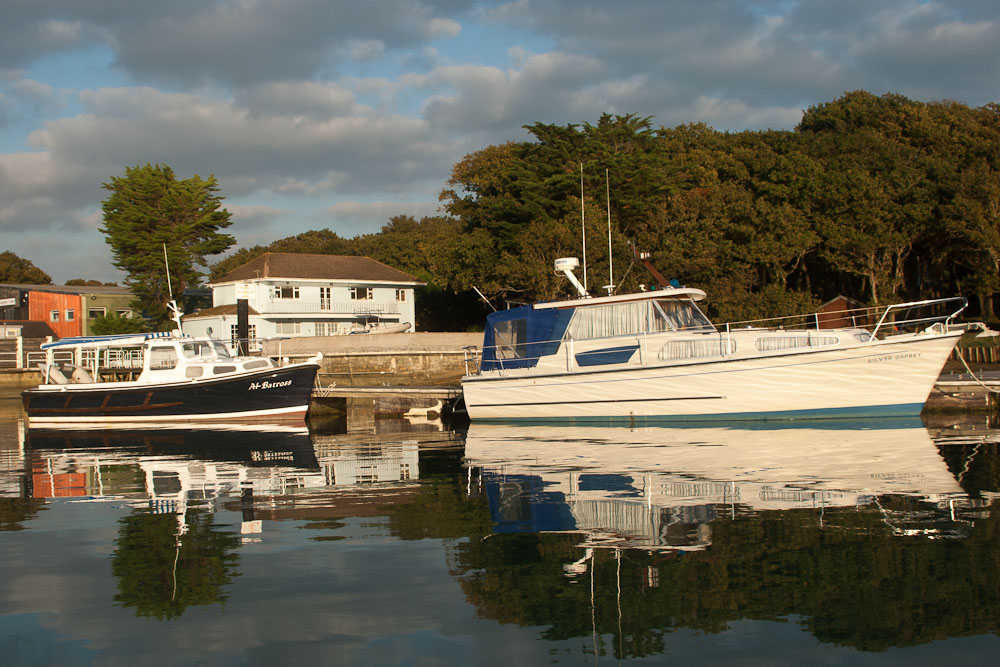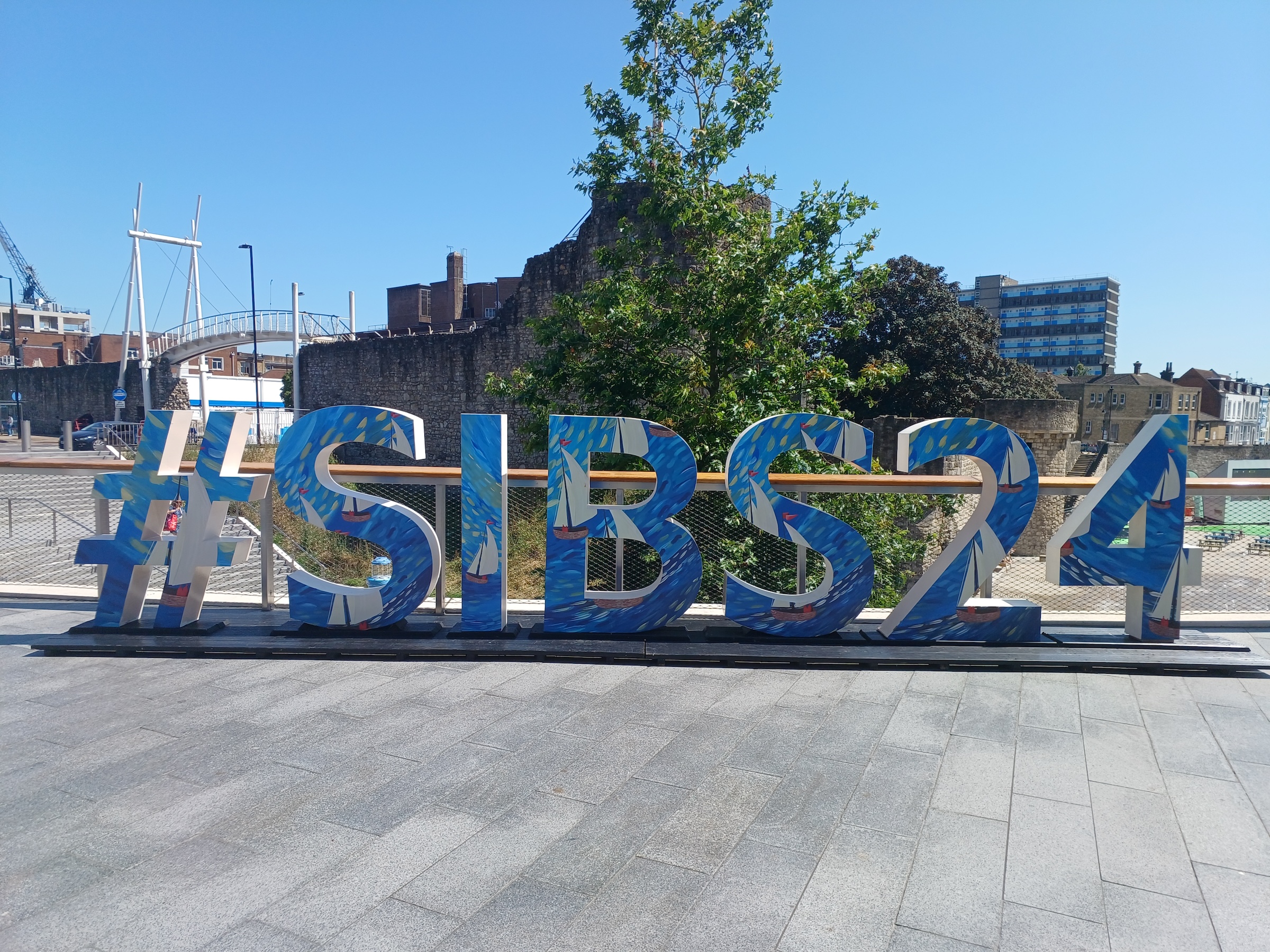If you’re a first-time buyer, having an idea of all the documents and taxes that you will need to buy a boat will be very useful for navigating the process of buying a boat.
- Bill of Sale
- Maintenance Records
- UKCA marking
- CE marking
- Flags and Registration
- Boat Safety Scheme
- Insurance
- VAT
Although it may seem obvious, if you want to enjoy your new boat, you should have the correct boating licence for the size of your boat and the types of activities you wish to do on the water. You should also know the requirements you have to fulfil from the moment you decide to buy it until it becomes your property, and all the consequences.
It’s recommended that you use an agency or broker specialising in the marine industry for all the administration. This way, you will know all the steps for processing documents and taxes, which can often be complicated due to the infinite number of aspects that regulate the practice of sport and recreational sailing in the UK. Going to an agency, as well as giving you advice, will save you a lot of time and money.
Pay particular attention to any sections specifying the minimum and maximum lengths of the boat since, in some cases, they are not the same for taxes and legal documentation.
Bill of Sale
This is a simple document that should be drafted by the seller and should include the following information:
- Price
- Date of Purchase
- HIN (Hull identification number)
- Description of the boat
- Your signature and the signature of the seller
Maintenance Records
Maintenance records should also be provided to you by the seller if you purchase a second hand boat to prove the seller’s ownership of the vessel and its condition. A seller can also provide invoices and mooring applications to serve the same purpose as the maintenance records.UKCA Marking
Amongst many other things, Brexit has also changed the regulations for buying boats. Previously, boats required a CE marking to prove that they complied with the regulations of the European Economic Area. The UK has decided to allow products that were already manufactured bearing the CE marking on its market until the end of 2021. However, after 1st January 2022, the UKCA (UK conformity assessed) marking will be mandatory. New boats manufactured after the change in regulations (31st December 2020) need to be UKCA compliant. If you purchase a second hand boat or one not bearing the UKCA mark, be aware that from 2022 it will be mandatory. It requires a Post Construction Assessment and third-party verification, the cost of which largely depends on the type and size of the boat. You will also need the following documents mentioned in the CE Marking section. For more information check the UK government website.
CE Marking
Those planning to use their boats in the EU will still need a CE marking. The CE marking applies to all recreational craft between 2.50 and 24 metres in length and must be accompanied by the following documents:
- Written declaration of conformity. This is an official declaration by the manufacturer, or their authorised representative, of the boat's conformity with the regulations. It should contain the main characteristics of the boat together with the Design Category and other data required by the regulations. There are four Design Categories, depending on the boat’s ability to cope with sea conditions, characterised by a given wind speed and wave height.
- Owner's manual. This manual must be written in the language in which the country is offered for sale, and will contain information about the boat, its equipment and how to use it, as well as its maintenance and limits of use.
- Builder's plate. The builder’s plate must be attached to the boat and must state the name of the builder, the Design Category, the Maximum Load and the Maximum Number of Persons that the boat can carry.
- Watercraft Identification Number. This must consist of 14 characters permanently affixed to the hull. Each vessel has a different identification number.
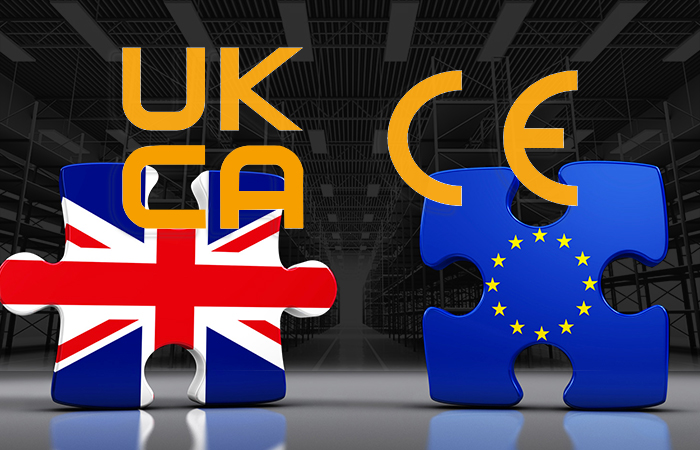
Depending on where you want to sail, your boat will either have to comply with the UKCA or CE regulations.
Flags and Registration
Boat registration in the UK is administered by the UK Ship Register (UKSR) and largely depends on where you want to use your boat and its size. There are four parts to the register:
- Part 1 Merchant and Pleasure
- Part 2 Fishing
- Part 3 Small Ships
- Part 4 Bareboat Charter
Those who wish to take their boats abroad must register with either the Small Ships Register (SSR) for smaller vessels or Part I Registration for larger boats. For inland waterways, it usually depends on the navigation authority and you can find more information about this on the UK government website.
Once you register on the UKSR, your boat will fly under the “red ensign” flag to prove nationality and ownership. This is administered by the UK Government’s Maritime and Coastguard Agency (MCA).
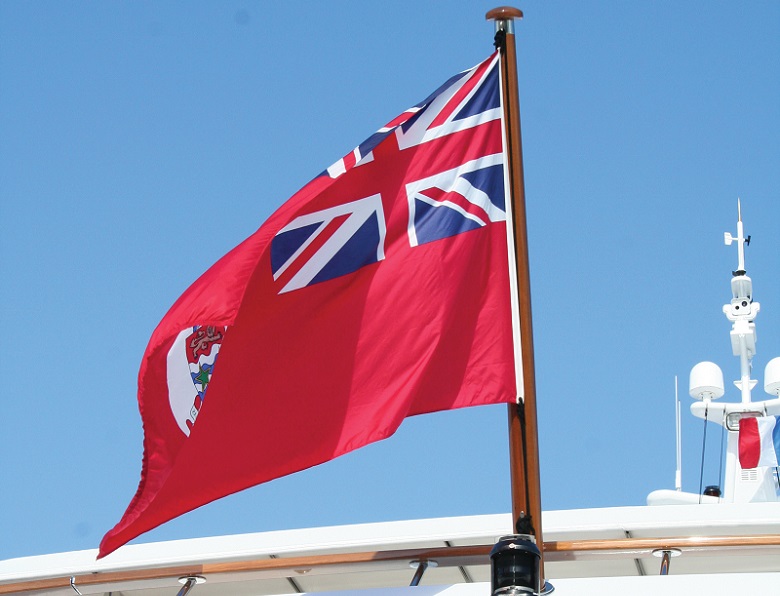
Once you register on the UKSR, your boat will fly under the “red ensign”. Photo: Yachting Pages
Boat Safety Scheme
Boats used in inland waterways will require a Boats Safety Scheme certificate regulated by the Canal & River Trust and the Environment Agency. New boats will already meet the BSS standards so you owners will only have to check the paperwork is present when buying the boat. In the case of second hand boats, you will need to obtain this certificate if your boat doesn’t have one, in order to get a licence for inland waterways. Certificates are issued by BSS examiners who check the boat’s equipment, condition and use. These certificates are valid for a four year period, after which they will need renewing. If you don’t have a valid BSS certificate, you will be penalised by the local navigation authority, so make sure you have the paperwork and check that it’s valid!
At sea there is no paperwork related to safe sailing, however, you must follow international safety regulations concerning safety equipment to be carried on board, life-saving and distress signals. For more information check the RYA’s website.
Insurance
The UK government currently does not legally require boat owners to insure their vessels, however it is highly recommended and enforced by waterway authorities. According to the government’s website, boat owners should have a plan covering damages up to £1 million, however you should check what is specifically required by the marina or inland waterway authority that applies to you. The Canal and River Trust, for example, require third party insurance of up to £2 million.
VAT
All boats are liable to VAT so make sure you know whether it has already been paid for the boat you wish to purchase. Boats whose VAT has already been paid off, often advertise this below the listed price. Make sure the seller provides you with the documentation proving its payment.
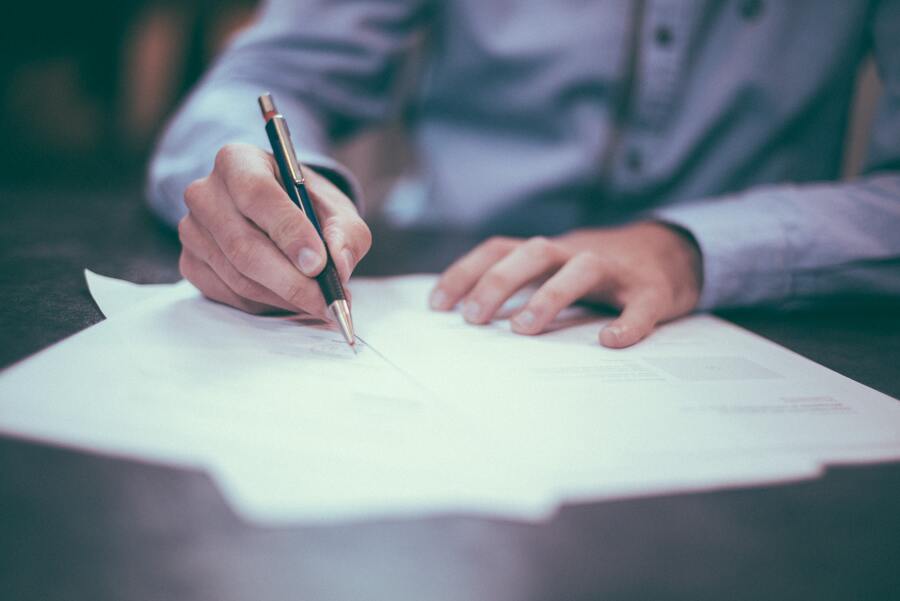
Boats whose VAT has already been paid off, often advertise this below the listed price.
If you want more information on buying a boat check out our article How to Buy a Boat: The Boat Buyer's Guide
Main image: Scott Graham on Unsplash
NOTE: The article is intended as a general guide and may not include every document for your specific situation.
